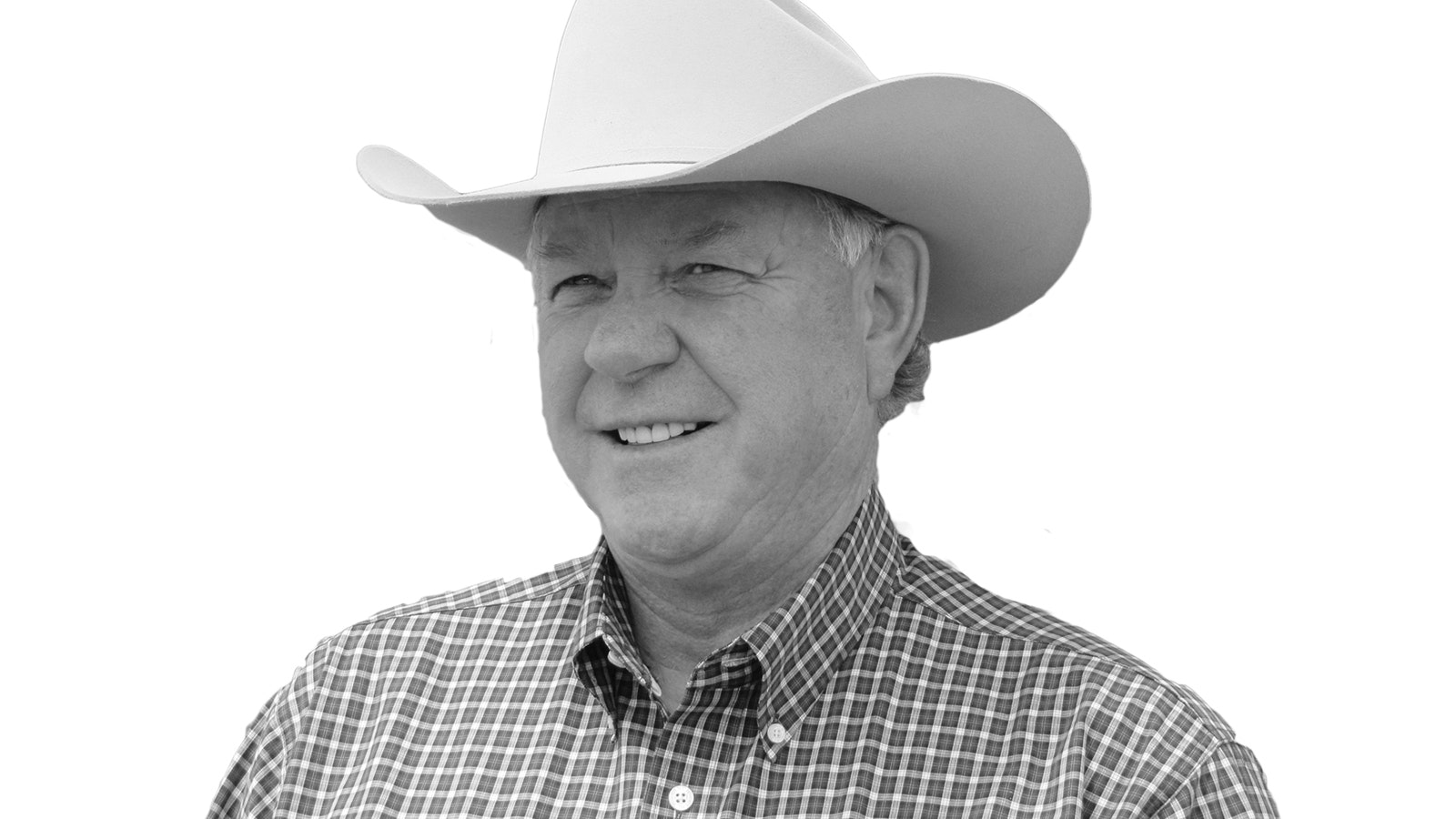It has been a quiet week in Central Wyoming and other parts of the region after last week’s rains. In our area, fall cattle and sheep shipping has come to a halt after two days of rain and snow fell.
A total of 2.5 to over three inches of precipitation – and even more in the Black Hills country – stopped all traffic, except for some hunters who left the roads torn up and impassable.
When one sees a full cattle pot hauling down the highway these days, they shouldnʼt view it as just some cattle going down the road. At some point, those cattle could be the hamburger at their future barbecue or steak for a nice evening dinner.
If it is a truck full of eight-month-old calves, which is normal this time of the year, there have been months of planning, feeding and management invested into each calf.
As readers can probably tell, this column is for beef consumers and those in agriculture who live it every day. Every steak and hamburger have a history – some are on record and some are not.
The history starts with planning the genetics in the bull herd. These genetic traits will result in the size of the calf at birth, how fast it might grow, what its temperament will be and among other genetic traits, how big its rib steak will be.
From the time a rancher starts planning with potential genetics, to the time the bull and cow mate, it is going to be around 26 months before a consumer can buy hamburger or rib steak from the animal. During those 26 months, a lot happens to produce a safe beef product for all to enjoy.
From the time a calf is born, during its time on the ranch, it might receive vaccinations and maybe an ear tag with a digital number to record ownership, medical history and location or a plain ear tag with an identification number on it.
After the calf is weaned from its mother, if it is a steer, it may be on the cattle truck individuals pass on the highway, or if it is a heifer, it may stay on the ranch as a replacement cow or be sold. At this time of its life, health and marketing are important aspects of the animal.
For almost every decision made for this animal, its health will be the most important and is monitored closely.
Marketing comes into play before it is shipped from the ranch, so whoever buys the animal knows the health program it was involved in. Ultimately, this program will follow the animal until it is processed at the end of its 26-month life.
State Beef Checkoff programs exist to help consumers select the cuts they need and how best to cook them.
Consumers want to know where their beef comes from and for it to be affordable. In times like this with a shrinking national beef herd, prices of beef are higher. It takes time to grow a beef herd – 26 months is a long time – but it will happen. Keep enjoying beef.
Dennis Sun is the publisher of the Wyoming Livestock Roundup, a weekly agriculture newspaper available online and in print. To subscribe, visit wylr.net or call 800-967-1647.





